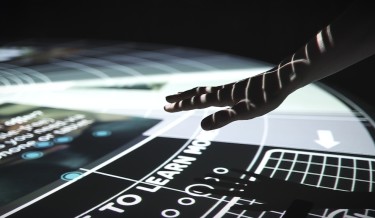Related post
New OUCHHH Video Mapping Reel
Feb 17, 2015
|
Comments Off on New OUCHHH Video Mapping Reel
4758
Lumen Interview: Xavi Bové
Apr 15, 2015
|
Comments Off on Lumen Interview: Xavi Bové
4923





